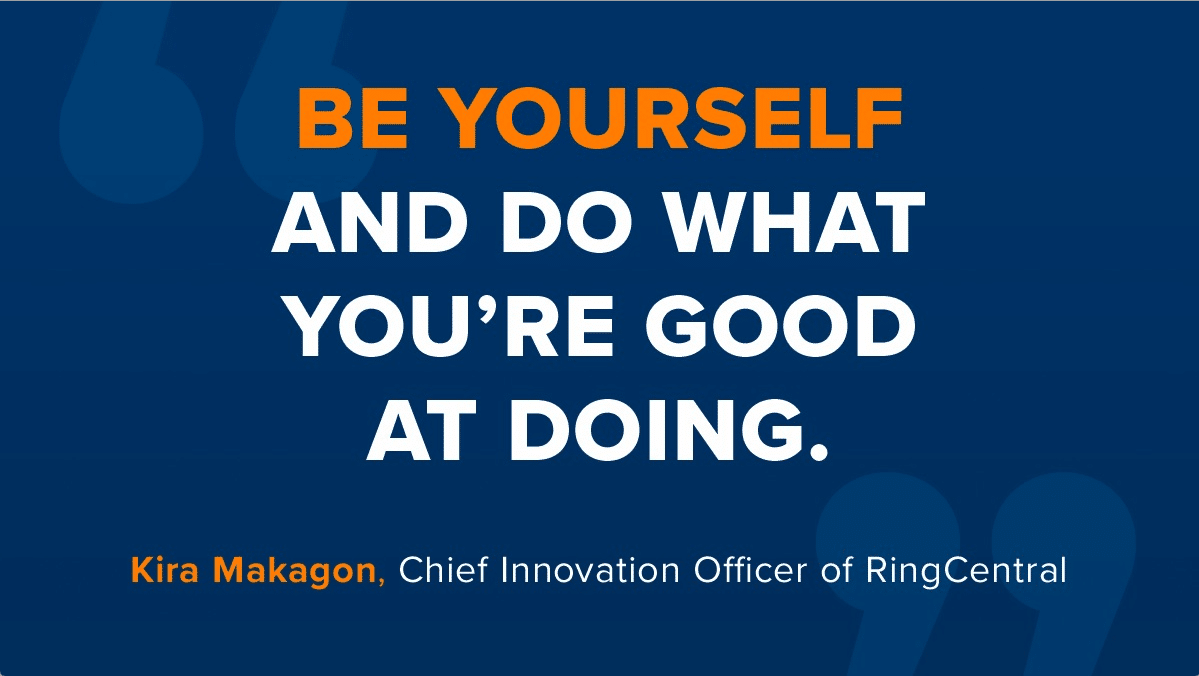
Then duck.
The sad, hard, truth is that, while a contact center can certainly screw up a customer relationship, it really can’t build love or true delight. As much as we may not want to admit it, for me, at least, it’s intuitively true. When I reach out to a company, I’m not out to make a new friend. I’m trying to get a problem solved or a question answered, or maybe I’m trying to buy something. I usually call a company to solve a problem about eight minutes before my next meeting, so I need to get things resolved quickly.
Turns out I’m not alone. Recently I was reminded of some very interesting breakthrough research published by The Harvard Business Review back in 2010: “Stop Trying to Delight Your Customers.” It’s as relevant today as it was then. Based on research from the Customer Executive Board (now Gartner), they outlined in detail how the most important thing a contact center can accomplish is to answer a question quickly and get the customer off the phone.
Crushing and disappointing—or very good news
Admittedly, it’s difficult for any of us to let go of the concept of delighting customers. How many calls or chats have you had that ended with you being asked if you were delighted with your service that day? How often did you actually care?
The ultimate outcome of the Harvard Business Review research was something many of you are quite familiar with today—the Customer Effort Score. The idea here is simple: Just ask how difficult the customer’s experience was and put it on a scale of 1 (very difficult) to 7 (very easy). I would argue this feedback on a customer service experience is much more relevant that a net promoter score and provides huge value for fine-tuning the customer experience. Responses to the question make it easy to identify problem areas. With a simple goal of making the experience smoother for the customer, it’s easy to make improvements.
In many ways, the benefits even go beyond that. A laser focus on reducing customer effort improves the two conflicting business drivers that every contact center must face: reducing costs while improving customer satisfaction. Reducing customer effort typically reduces costs as well. That’s because reduced customer effort often results in shorter interactions, increased first-contact resolution, and better and simpler customer self-service.
Three steps to non-delighting customers
Reducing customer effort allows you to focus on efficiency—an area where investments in a couple of areas can bring better customer experiences and significant cost savings.
Here are three steps to consider as part of your customer service plan:
- Smart self-service: The bots are coming, so why not embrace them? Be thoughtful about how you approach them, though. If you create “IVR jail” in your phone experience—when IVRs can’t answer questions and customer are blocked from a live person—or if the use of bots creates added customer effort, you’ve missed the point. If you use self-service to clarify who someone is and why they are reaching out to you, however, you’re likely to save a lot of agent time and make life much easier for your customer.
- Make the Right Connection: You know a lot about your customers, how valuable are they? Do they have an impending event (upcoming flight, or a bill that is due)? Make an educated guess as to why the customer is calling and check with them. Use that to get them to the right person. It will save them time and trouble and save you money.
- Support your agents: Give them the information they need, even if it’s just a simple screen pop. Give them easy access to experts if they have a hard question, so you can drive first contact resolution.
All of this can make a difference for your customers while saving your organization a lot of money. Who knows? It might make your agent’s job easier as well.
Originally published Aug 21, 2019, updated Dec 30, 2022




